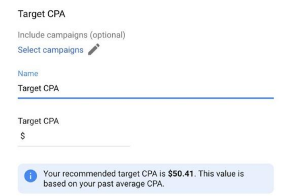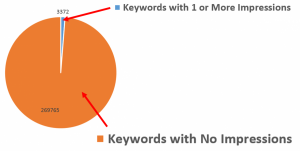Working out a supply chain strategy is like doing a 5,000-piece puzzle. You might spend weeks fitting the pieces together and still feel like you have only half of the picture. When you’re sorting hundreds of contracts with suppliers, customers, factories, and transportation companies, it’s easy to miss some significant cost-saving measures.
From my experience working with CEOs across industries, I’ve found that even business leaders who’ve meticulously mapped their supply chains are often missing some crucial details. Here’s my top advice for playing the “How low can you go?” game with supply chain costs:
1. Don’t make assumptions about customers’ desires.
It’s dangerous to assume you know what the customer wants without asking. Shipping options are a common culprit here. Many businesses offer “free” same-day or two-day shipping — those costs are actually built into the price of the item — but not every customer needs his or her order delivered tomorrow. If you were to ask many of these customers, in fact, they’d likely opt for longer shipping and reduced prices. Look at how FedEx, UPS, and the U.S. Postal Service all approach shipping: Customers who want high-octane shipping can pay for it, but others don’t have to.
As you review your supply chain strategy, start with what you know about your customer. If there’s any question about what the customer wants (and is willing to pay for), ask the marketing department to survey customers, or design a focus group to get customer feedback. The savviest supply chain managers know there’s no point on spending money on a service that the end customer doesn’t want.
2. Minimize “checkpoints.”
Wal-Mart is widely accepted to be the king of cutting supply chain costs. By decreasing the number of links in its supply chain, the retail giant has been able to pass its savings on to customers.
With an ingenious initiative called vendor-managed inventory, Wal-Mart made vendors responsible for managing their own products in Wal-Mart’s warehouses. Knowing the alternative is to lose a contract with Wal-Mart, Wal-Mart absolved itself of the warehouse management link in its supply chain — not to mention it boosted order fulfillment to nearly 100 percent.
Revisit all of the checkpoints in your supply journey, and add up the costs related to each one — facility costs, inventory management expenses, and transportation both to and from each location. To lower expenses, seek to consolidate links wherever possible.
Quite simply, the more people and places needed to manage your stock, the greater the price tag. Simplifying your network will mean fewer delivery faux pas and lower costs.
3. Watch for bottlenecks.
As you review how shipments move between each link in your supply chain, it’s important to identify where stock is moving too slowly. Remember, one bottleneck means every shipment at that link is slowed down. Not only does this slow things down, but it can also increase personnel costs and cause ripple effects at later stages of your supply chain.
One option to consider is outsourcing. Some supply needs are best met by a third party. If limited temperature-controlled transport, a cumbersome packing process, or time-consuming deliveries are the issue, consider contracting with a third-party provider. Look to a company that is entirely built around the service hindering your supply chain — like providing temperature-controlled or hazardous material trucking — then outsourcing is probably a cheaper and more efficient option.
4. Keep an eye on printing costs.
From attaching important transport details to shipments to printing shipping labels, every business with a supply chain faces printing costs.
If you’re printing everything in-house, take a close look at how much printing truly costs. Don’t just think about paper and ink — consider the time your team spends printing and collating materials. Remember: Printers and copiers have maintenance costs and energy costs. Once all is said and done, you could save up to 30 percent by outsourcing printing costs.
The Bottom Line for Your Bottom Line
Unfortunately, supply chains are something many of us don’t think about until an issue presents itself — lost packages, dissatisfied customers, or bloated costs. But when thousands of products per day pass through your supply chain, it’s important to take a proactive look at where your business’ supply chain is costing you. Don’t wait: Save money, and pass on the savings to customers by sniffing out the hidden costs in your business’ supply chain.
Business & Finance Articles on Business 2 Community(48)





